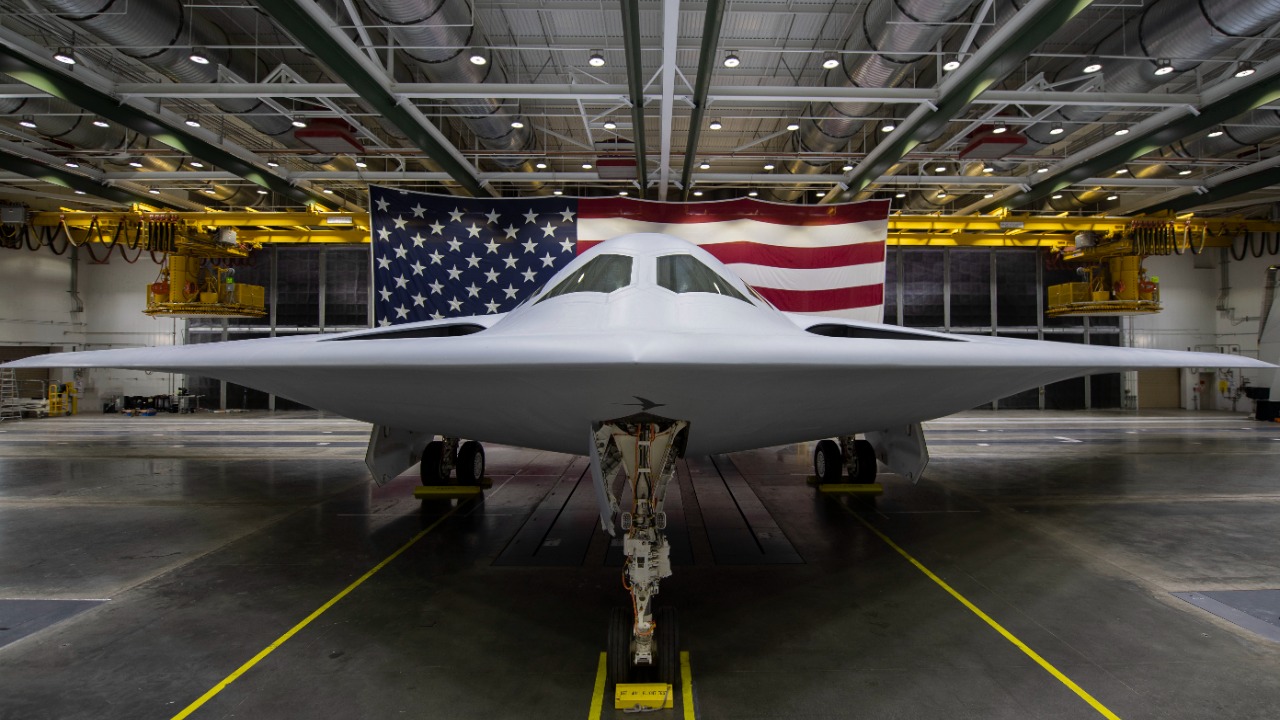
The B-21 Raider, the U.S. military’s next-generation stealth bomber, has been shrouded in secrecy for years. Recent revelations have finally shed light on this advanced aircraft, offering a glimpse into its groundbreaking technologies and strategic importance. Delving into the newly revealed secrets of the B-21 Raider, its cutting-edge features and implications for modern warfare stand out as pivotal in redefining aerial combat.
The Design and Development
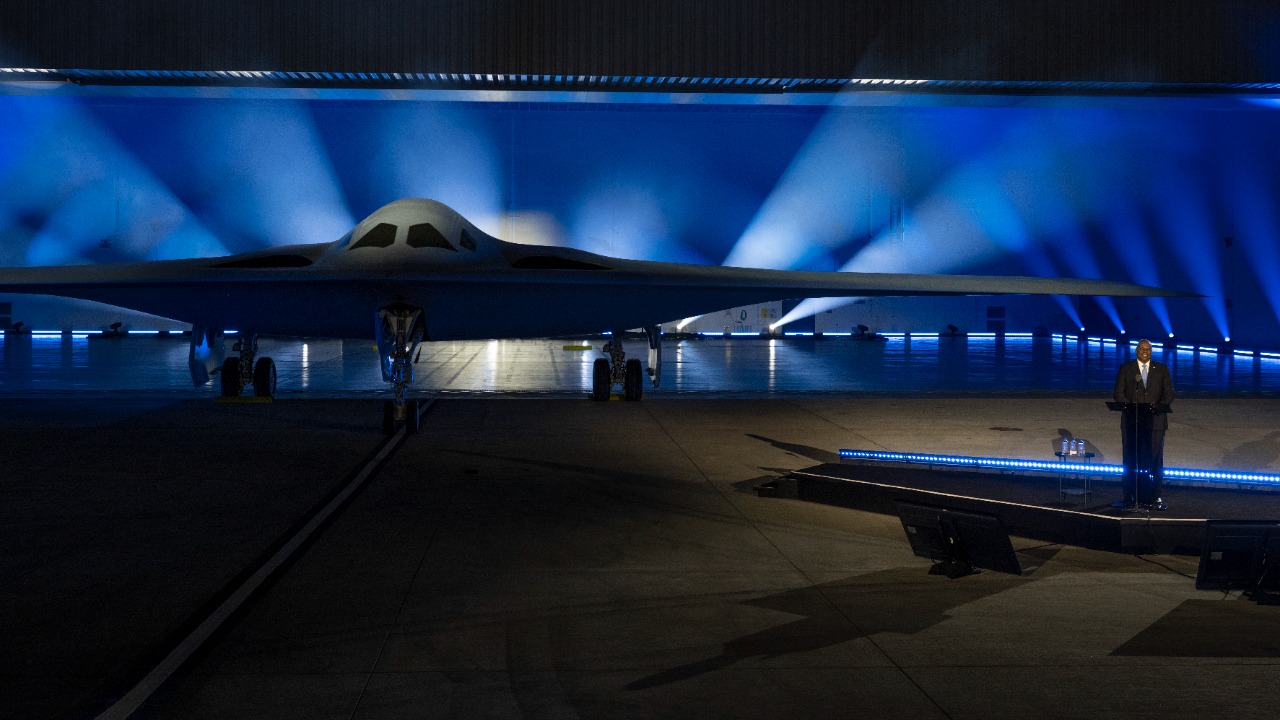
The development of the B-21 Raider has been a carefully orchestrated process, marked by significant milestones and partnerships with leading defense contractors. Initiated in the early 2010s, the program has seen collaboration between the U.S. Air Force and companies such as Northrop Grumman, which played a crucial role in delivering the aircraft’s innovative design. The timeline of the B-21’s development reflects the complexity and ambition behind creating a bomber capable of overcoming modern defense systems.
One of the most significant advancements in the B-21 Raider is its enhanced stealth technology. The aircraft incorporates cutting-edge materials and design techniques that substantially reduce its radar cross-section, making it much harder to detect by enemy radar systems. This advancement ensures that the B-21 can penetrate even the most sophisticated air defense networks, maintaining the element of surprise in hostile environments.
Financial considerations have also been a central aspect of the B-21 program. Despite initial budget provisions, the project has faced budget overruns and adjustments, highlighting the challenges of balancing cutting-edge technology with fiscal responsibility.
Technological Innovations
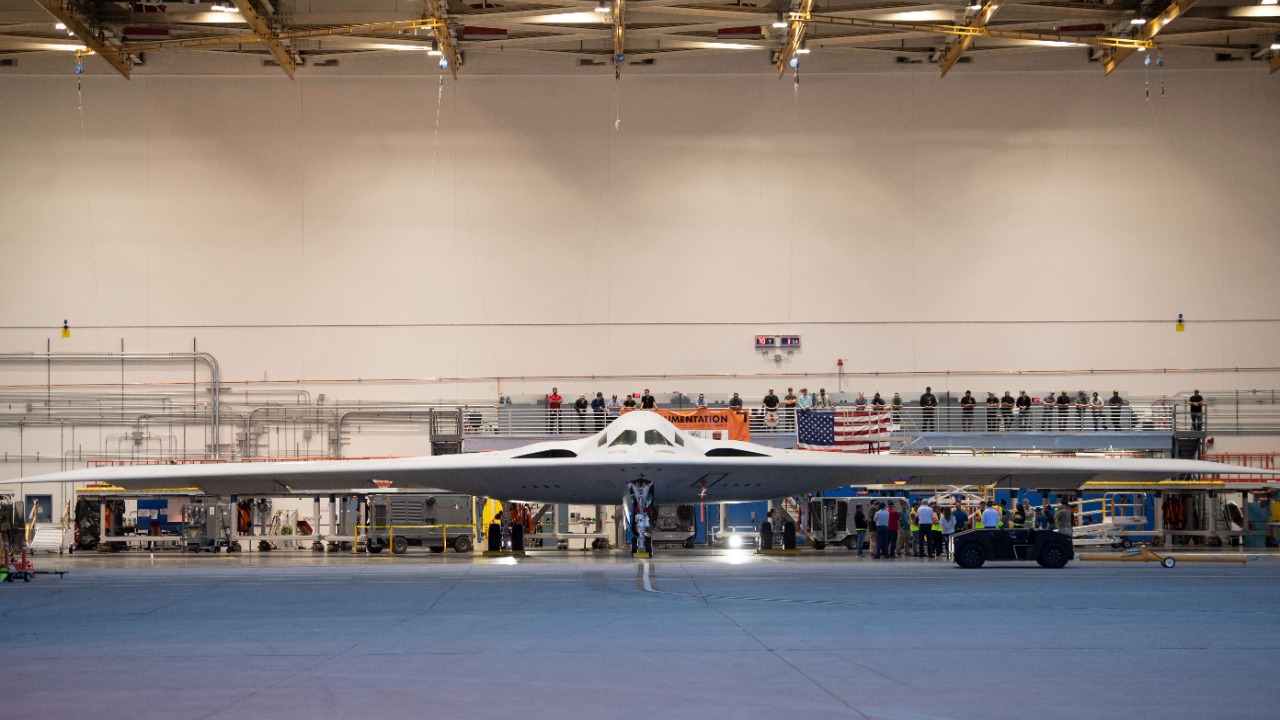
The B-21 Raider is equipped with state-of-the-art avionics and sensors that significantly enhance its operational capabilities. These advanced systems provide pilots with greater situational awareness, allowing them to adapt to rapidly changing combat environments. The integration of sophisticated avionics ensures that the B-21 remains at the forefront of aerial warfare technology.
Autonomous systems and artificial intelligence play a critical role in the B-21’s design. By incorporating AI, the aircraft can optimize mission performance and reduce pilot workload, enabling more efficient operations. This capability allows the B-21 to perform complex missions with minimal human intervention, enhancing its effectiveness in contested environments.
The B-21’s versatile payload systems further add to its strategic value. It is capable of carrying a wide range of munitions, from conventional bombs to nuclear warheads, making it a formidable tool in the U.S. military’s arsenal. This flexibility ensures that the B-21 can adapt to various mission requirements, from strategic bombing to precision strikes.
Strategic Implications
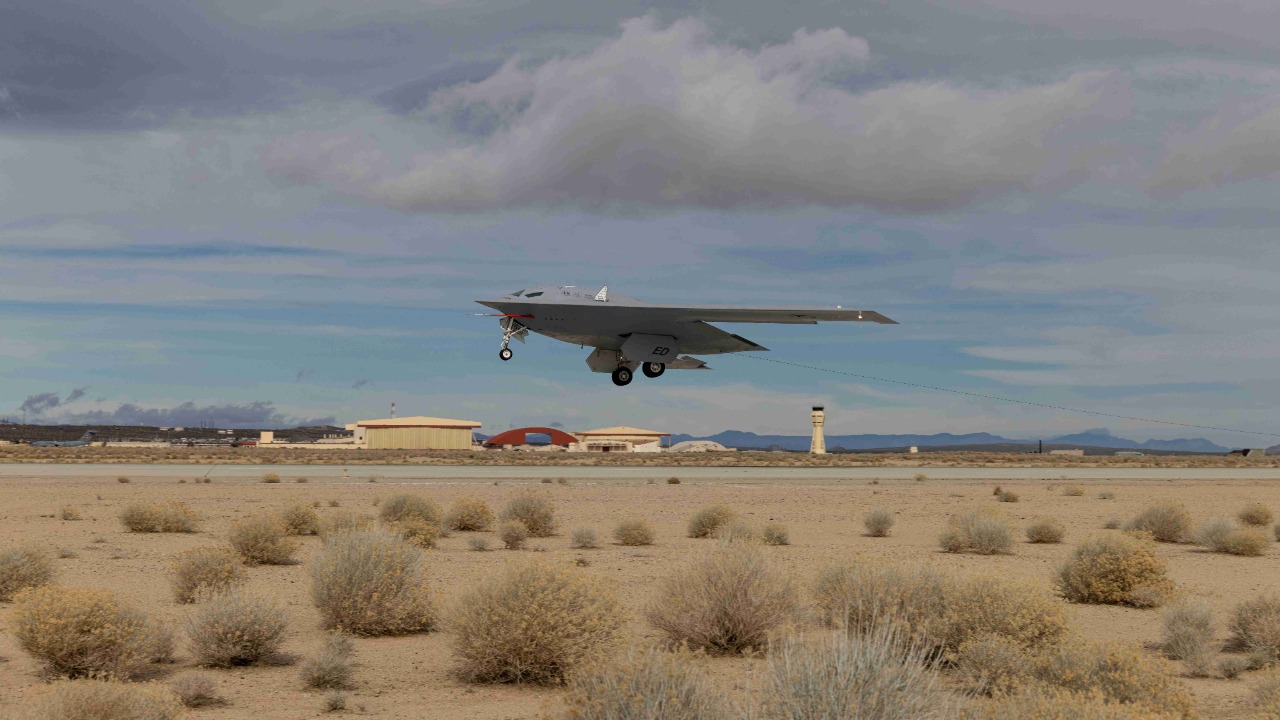
The B-21 Raider plays a pivotal role in maintaining air superiority and deterrence in modern warfare. Its advanced stealth capabilities and technological innovations position it as a critical asset in achieving strategic objectives. By ensuring the ability to penetrate advanced air defense systems, the B-21 helps maintain a credible deterrent against potential adversaries.
The introduction of the B-21 also influences the global military balance, reshaping geopolitical dynamics. As adversaries strive to counteract the capabilities of the B-21, it forces a reevaluation of defense strategies and investments, potentially leading to an arms race in stealth and anti-stealth technologies. This shift in military dynamics underscores the strategic importance of the B-21 in maintaining a technological edge.
Moreover, the B-21’s integration with existing U.S. Air Force assets enhances overall force capabilities. By complementing current systems, the B-21 ensures a more robust and versatile military presence, capable of responding to a wide range of threats across the globe.
Operational Deployment
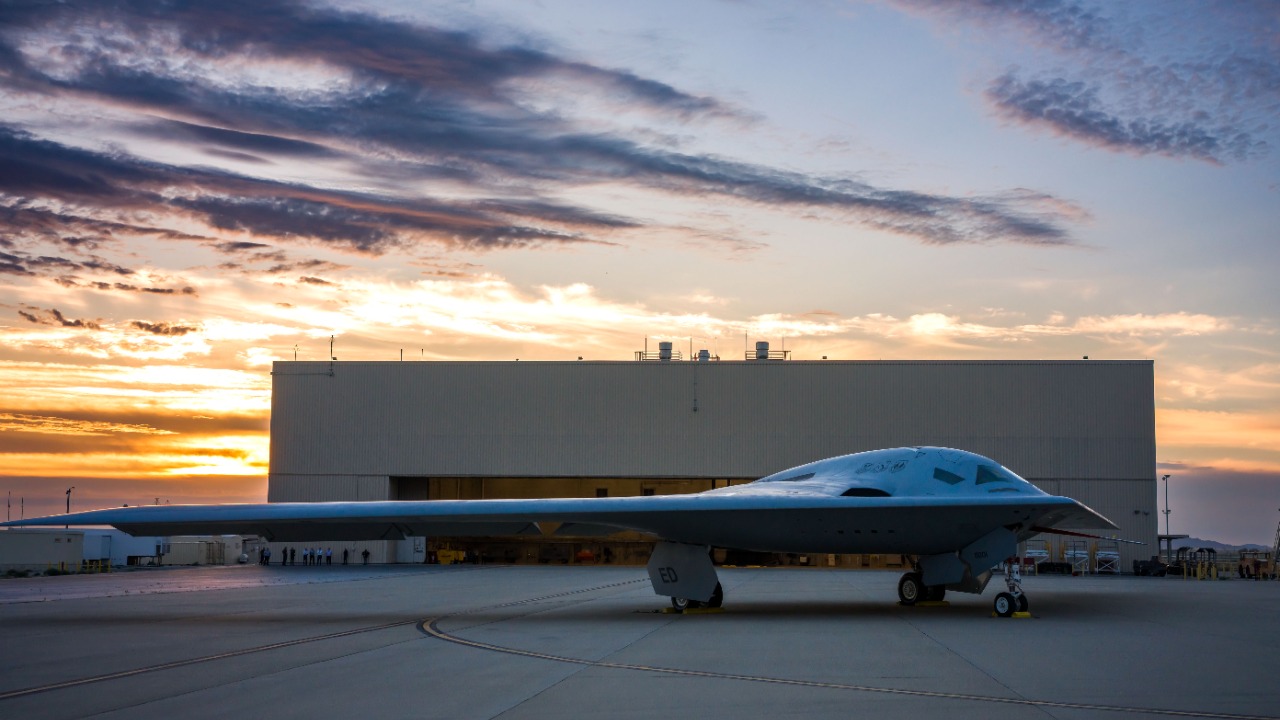
Ensuring the operational readiness of the B-21 Raider involves comprehensive training programs for pilots and crews. These programs are designed to familiarize personnel with the aircraft’s advanced systems and mission capabilities, ensuring they can effectively operate under various scenarios. The focus on readiness ensures that the B-21 can be deployed swiftly and efficiently when needed.
With its global reach, the B-21 offers flexible basing options, allowing the U.S. military to strategically position the aircraft in key locations worldwide. This capability ensures that the B-21 can respond to emerging threats with agility, projecting power across vast distances. The strategic basing options considered by the military enhance the B-21’s ability to fulfill its intended missions.
The B-21 is expected to undertake a range of missions, from strategic bombing to intelligence gathering. Its versatility allows it to adapt to evolving threats and challenges, making it a vital component of modern military strategy. By performing diverse missions, the B-21 ensures a sustained and effective U.S. military presence in critical regions.
Public Perception and Secrecy

Managing public expectations regarding the B-21 Raider has been a delicate task for the U.S. military. Efforts to communicate the aircraft’s significance while maintaining operational secrecy have shaped public perception. The balance between transparency and confidentiality is crucial in garnering support for the program.
Secrecy has been a defining aspect of the B-21’s development. Strict measures were implemented to control information and prevent sensitive details from reaching adversaries. This level of information control ensures that the B-21’s capabilities remain a strategic advantage.
Recent revelations have sparked renewed interest and debate about the B-21 program. As more information becomes available, public and expert opinions continue to evolve, highlighting the aircraft’s significance in shaping the future of aerial warfare.